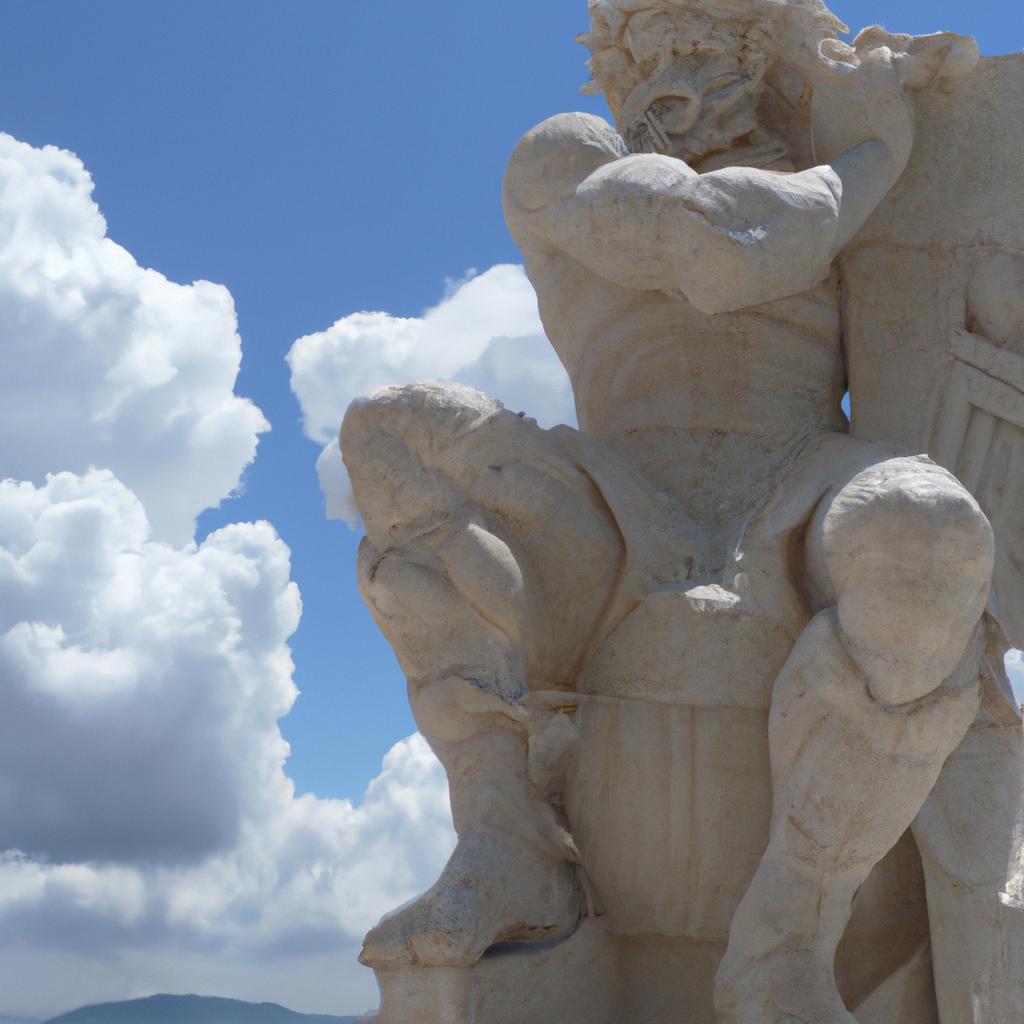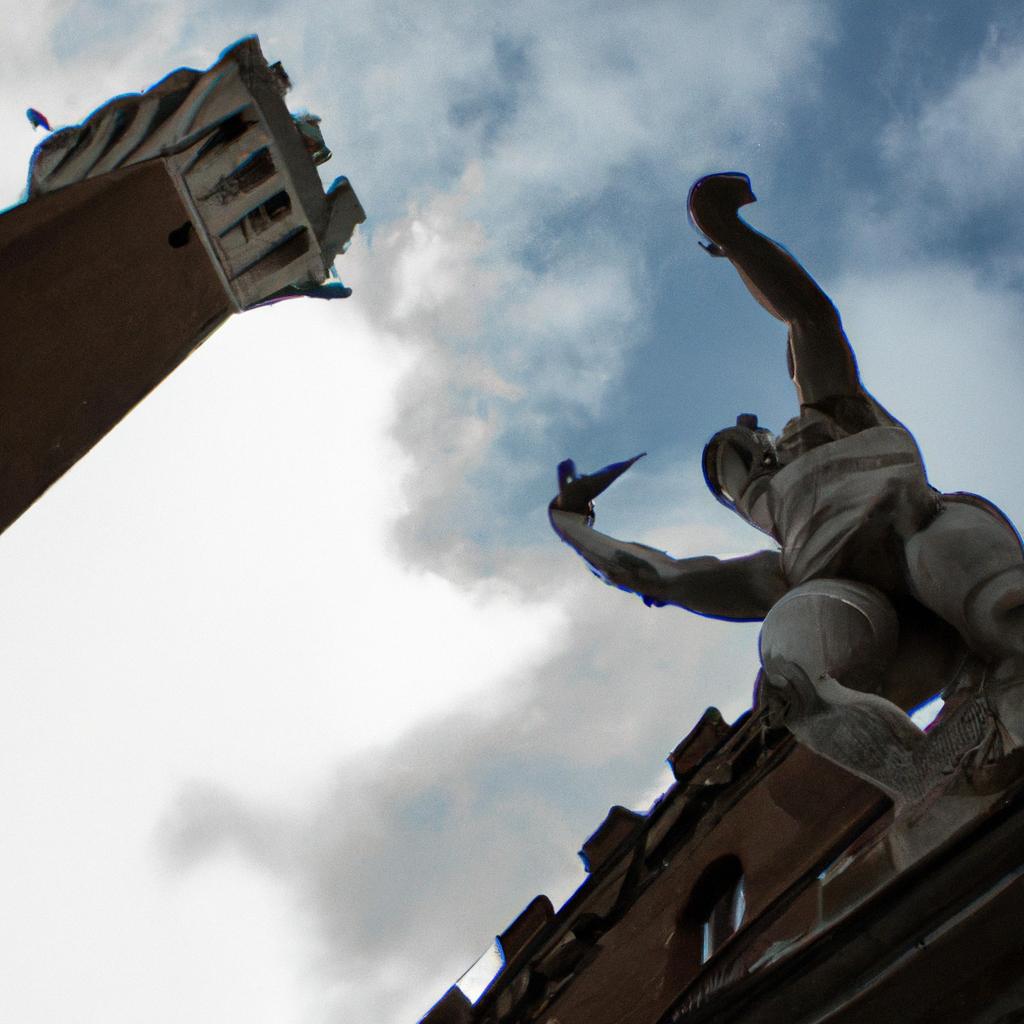
The Colossus of Apennines, located in the Park of Villa Demidoff near Florence, Italy, is a monumental statue that stands as a testament to the skill and creativity of Italian sculptor Giambologna during the Renaissance period. Carved from stone and brick, this colossal statue measures an impressive 35 feet in height. Let’s explore the features and historical significance of this magnificent work of art.
Description of the Colossus of Apennines

The Colossus of Apennines is a masterpiece of Italian Renaissance art, portraying a reclining giant resting on a rocky base. Its composition includes a human torso, the head of a wild animal, and a tree trunk. With closed eyes and a long beard, the statue exudes a sense of sleep. The outstretched arms seem to support the tree trunk, which is adorned with various animals and vegetation, creating a lifelike and dynamic scene.
The use of rocks and boulders for the base enhances the statue’s natural setting, immersing viewers in the beauty of the Italian landscape. The Colossus of Apennines exemplifies the Mannerist artistic style, popular during the late Renaissance. This style embraced exaggerated proportions, intricate details, and complex compositions, all of which are evident in this remarkable work. Giambologna’s expertise and artistry shine through in every carefully crafted detail.
Historical Significance of the Colossus of Apennines

The Colossus of Apennines originates from the 16th century, commissioned by Francesco I de’ Medici, a prominent Italian family known for their patronage of the arts and influence on Italian culture. This statue symbolizes the Medici family’s wealth and power, as well as their appreciation for the natural beauty of Italy.
Furthermore, the Colossus of Apennines played a significant role in the development of Italian sculpture. Giambologna, the brilliant artist behind this masterpiece, pioneered the Mannerist style. The Colossus of Apennines showcases his innovation in form and composition, establishing him as one of the era’s greatest artists.
Symbolism and Meaning of the Colossus of Apennines

The Colossus of Apennines carries rich symbolism and meaning. It represents the Apennine Mountains, which stretch across Italy. The reclining position of the figure symbolizes the country’s natural beauty and grandeur. The tree trunk, adorned with animals and vegetation, signifies the strength and diversity of Italian culture and the natural world. This statue is a celebration of Italian identity, the beauty of the Italian landscape, and the creative talent of Italian artists.
In conclusion, the Colossus of Apennines is not just an enormous sculpture, but a profound work of art that holds historical significance and cultural meaning. Preserving such an impressive piece has required considerable effort, including various restoration techniques. The impact of this masterpiece on Italian art and culture cannot be overstated. It continues to inspire artists, attract tourists from around the world, and serves as a symbol of Italian pride. The Colossus of Apennines stands as a testament to the power and majesty of Italian Renaissance art, representing a legacy that will endure for generations to come.
This article is brought to you by TooLacks, a platform that celebrates creative craftsmanship and fosters artistic inspiration.


